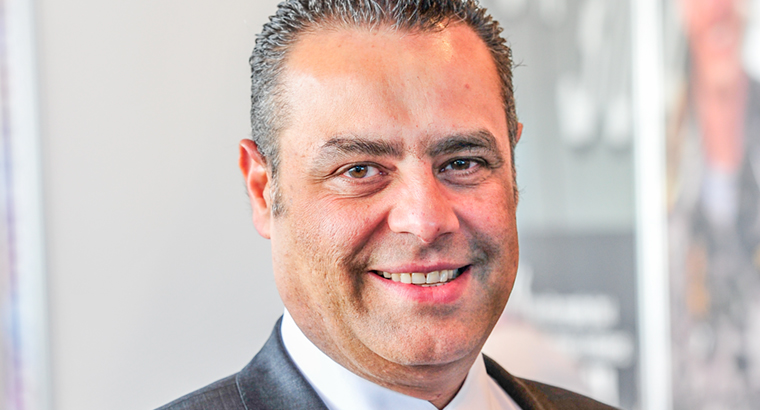News
Avoidable presentations clog EDs as general practice waits for funding
Close to three million emergency presentations last financial year were ‘avoidable’, a Productivity Commission report has stated.
 Potentially preventable hospitalisations increased by 1.5 patients per 100,000 people since 2007–08.
Potentially preventable hospitalisations increased by 1.5 patients per 100,000 people since 2007–08.
The statistics, released as part of the Productivity Commission’s annual report on government services, also showed that a slightly different metric, potentially preventable hospitalisations, had increased by 1.5 patients per 100,000 people since 2007–08.
This increase has come despite the number of full-service equivalent (FSE) GPs rising from 79.2 to 101.5 per 100,000 people during the same period.
Almost two-thirds of people (63.3%) waited fewer than four hours to see a GP when requiring urgent medical care, while nearly 27% were forced to wait at least 24 hours or more.
Overall, more than 19% of people who saw a GP for any reason waited longer than they felt was acceptable to get an appointment.
RACGP Vice President and Chair of RACGP Rural Associate Professor Ayman Shenouda told newsGP the report is further evidence that the Government needs to urgently invest more funds into primary healthcare delivered by specialist GPs.
‘General practice is the cornerstone of Australia’s healthcare system and is also the most cost-effective part of our healthcare system, but unfortunately it continues to be taken for granted by governments,’ Associate Professor Shenouda said.
‘The RACGP has been working with the Federal Government for years to increase the access to and affordability of general practice for Australian patients and avoid further overcrowding in our expensive hospital system.’
Associate Professor Shenouda also pointed out that a visit to the GP is much more economical for taxpayers, with the typical $37.60 Medicare rebate dwarfed by the average $250 spent on each visit to the ED, and ambulance fees of around $800. Though he cautioned rising costs may effect general practice.
‘Ever-increasing out-of-pocket costs when visiting a GP is resulting in patients delaying or avoiding visits altogether. If visits to the GP are not better supported, for many Australians they will become unaffordable,’ he added.

RACGP Vice President Associate Professor Ayman Shenouda said the report is further evidence that the Government needs to urgently invest more funds into primary healthcare.
According to the report, around 4% of the population reported that they delayed or avoided a visit to the GP over the previous 12 months due to costs, while 7% delayed or didn’t purchase medicine for the same reason.
Total expenditure on general practice totalled $357 per person in 2017–18, an increase in real terms from $325 per person in 2013–14.
Tasmania recorded the highest percentage of patients deferring access to GP services due to cost (8.7%), while it also had the second-lowest rate of non-referred attendances that were bulk billed in the 16–64 demographic (67%).
No other state was below 78.9%; however, the ACT only recorded 57.4% of non-referred bulk-billed attendances in the same demographic.
Likewise, the ACT had the lowest number of FSE GPs per 100,000 people (77), while WA (93.2) and Tasmania (95.4) had the lowest state rates.
The NT has made a dramatic improvement in this area, more than doubling from 44.5 in 2008–09, to 90.4 in the previous 12 months.
Western Australians living in very remote areas of the state are the most underserviced population in Australia, with just 43 FSE GPs per 100,000 people.
Tasmania recorded the longest waiting times, with only 52.4% of patients able to secure an appointment within four hours – a figure 10% worse than any other state and far below the national average of 63.3%.
Despite these figures, Tasmania had the equal lowest rate of potentially preventable hospitalisations per 1000 people (23.1), while Queensland – which recorded the highest proportion of FSE GPs per 1000 people (110.2) – was the highest state with 32.3.
Other 2017–18 statistics of note:
- The overwhelming majority of respondents reported that the GP always or often listened carefully to them (91.8%); showed respect (94.1%); and spent enough time with them (90.7%)
- There were 76.5 FSE female GPs per 100,000 females and 127 FSE male GPs per 100,000 males
- NT has the highest rate of female FSE GPs (46.6%). The national average is 38% – up from 30% in 2008–09
- More than 72% of Medicare Benefits Schedule (MBS)-subsidised GP management plans and team care assessment plans were reviewed – an increase from 70.8% in 2016–17
- Victoria has the lowest proportion of GP management plans and team care assessment plans reviewed in the past 12 months (64.9%). WA and SA both recorded rates higher than 77%.
funding GP access productivity commission statistics
newsGP weekly poll
As a GP, would you benefit from further education about identifying and supporting patients impacted by intimate partner violence?